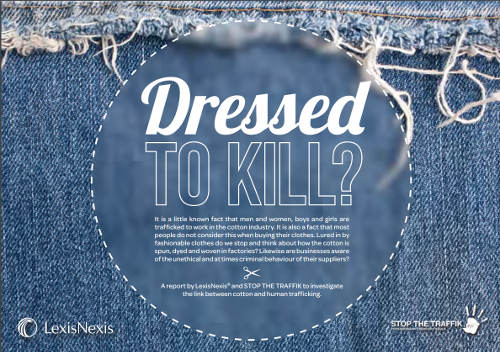This paper looks ahead, beyond the projected large-scale market penetration of vehicles containing advanced batteries, to the time when the spent batteries will be ready for final disposition. It describes a working system for recycling, using lead-acid battery recycling as a model. Recycling of automotive lithium-ion (Li-ion) batteries is more complicated and not yet established because few end-of-life batteries will need recycling for another decade. There is thus the opportunity now to obviate some of the technical, economic, and institutional roadblocks that might arise.
Integration and interconnection are two key themes in this chapter, which primarily addresses goals 8 (decent work and economic development) and 13 (climate action) although has links to several others.


